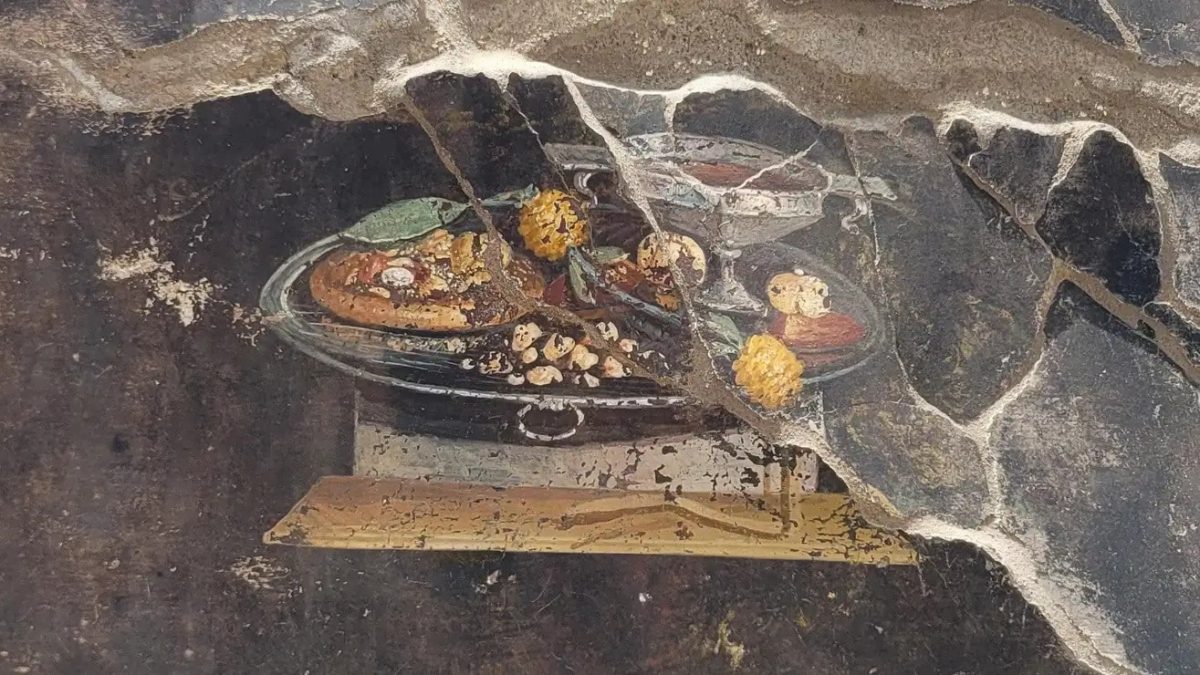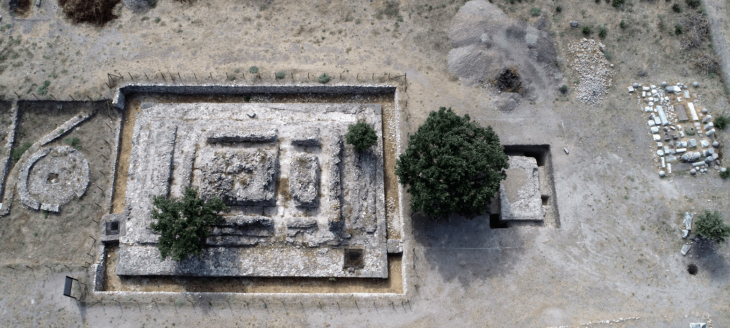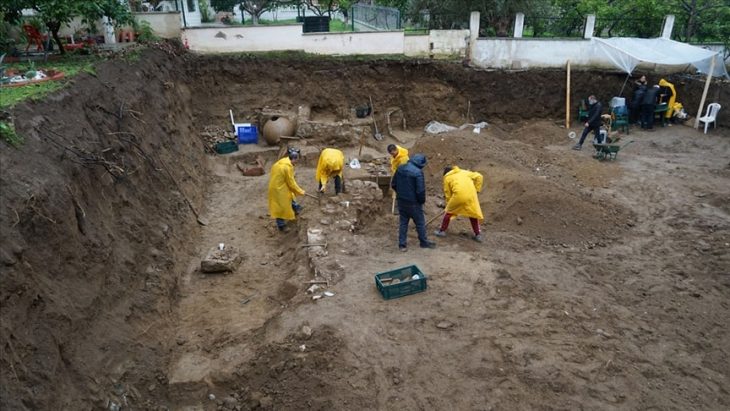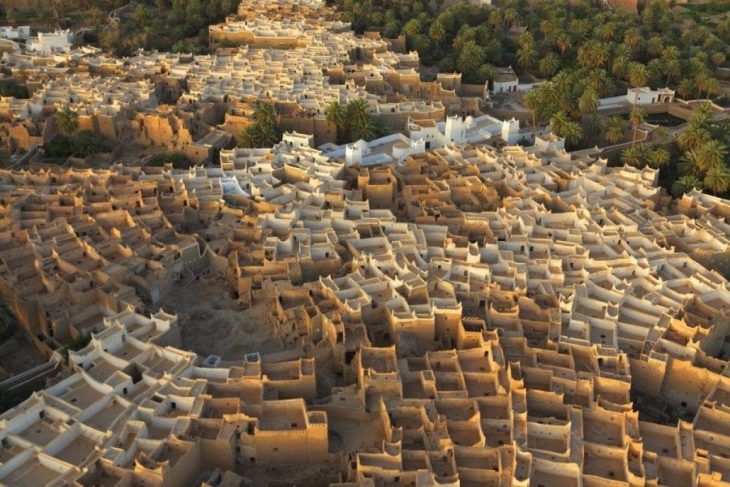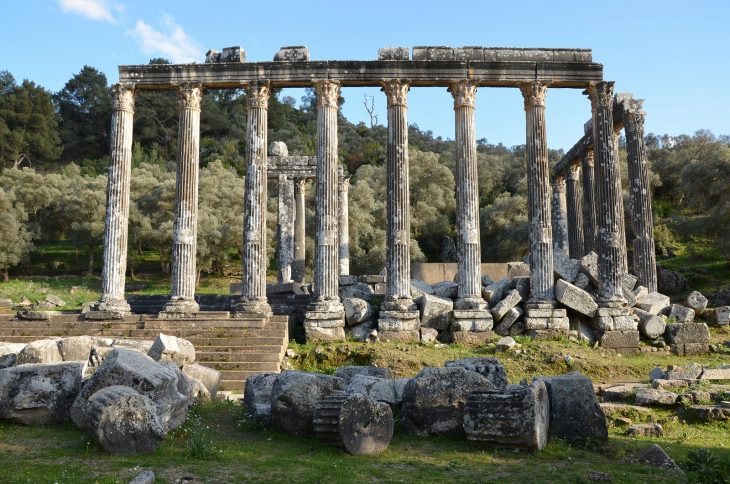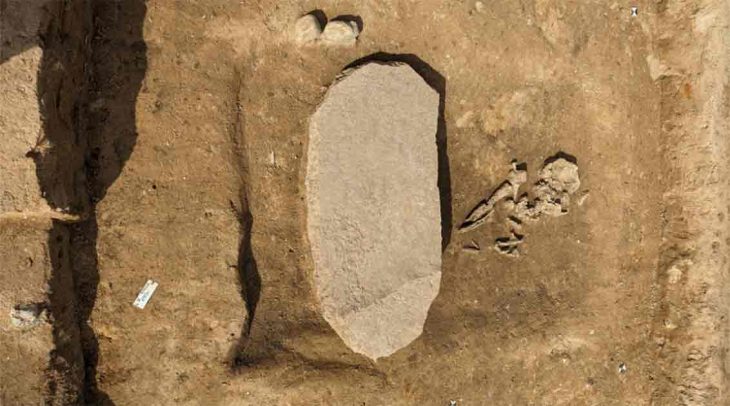Archaeologists excavating the ancient city of Pompeii have uncovered a gorgeous still-life fresco depicting a platter covered in food and wine.
A still-life fresco discovered recently in the Pompeii archaeological site looks like a pizza, but it’s not, experts at the archaeological site said Tuesday. Traditional pizza has tomato and mozzarella on it, as the Pompeii Archaeological Park press office reminded us in a statement released.
The bready item on the left side of the 2,000-year-old fresco is mensa, a Roman flatbread that served as both a platter for food and food itself.
The fresco was discovered in the atrium of a house in insula 10 of Regio IX, which occupies the central part of Pompeii bounded to the north by the Via di Nola, to the west by the Via Stabiana, and to the south by the Via dell’Abbondanza.
The painting is possible to suppose that next to a wine cup placed on a silver tray, there is depicted a flat focaccia that functions as a support for various fruits, (that can be identified as pomegranate, and maybe a date), with spices and perhaps with a type of pesto, (moretum in Latin) as indicated by yellow and ochre dots, possibly condiments. Moreover, on the same tray, dried fruits and a garland of yellow strawberry trees are present next to the dates and pomegranate.

According to the researchers, the scene is a representation of xenia, the Greek tradition of hospitality. Similar frescos have been previously found in other locations surrounding Mount Vesuvius.
Gabriel Zuchtriegel, director of the Pompeii archaeological site said: “The fresco has some themes of the Hellenistic tradition, later elaborated by authors of the Roman-imperial era such as Virgil, Martial, and Philostratus. I am thinking of the contrast between a frugal and simple meal, which refers to a sphere between the bucolic and the sacred on one hand, and the luxury of silver trays and the refinement of artistic and literary representations on the other.
The ancient Pompeii was a Roman city, located in the modern commune of Pompeii near Naples in the Campania region of Italy. It was buried under 4 to 6 metres of volcanic ash and pumice during in the eruption of nearby Mount Vesuvius in 79 A.D. About 22 hectares (54 acres, or about one third of the town) remains totally buried under Vesuvius’ outlay.
Cover Photo: Archaeological Park of Pompeii / Italian Ministry of Culture

